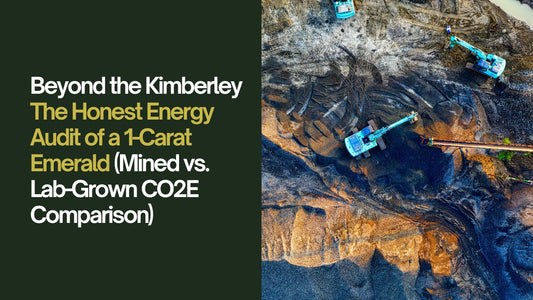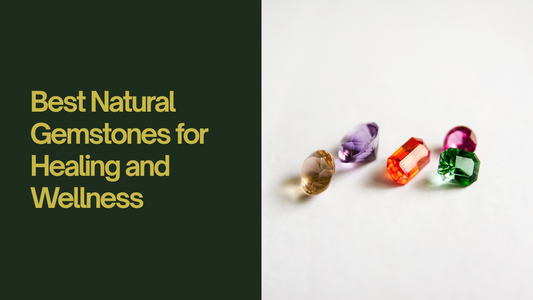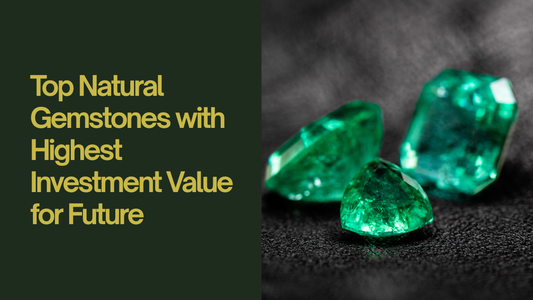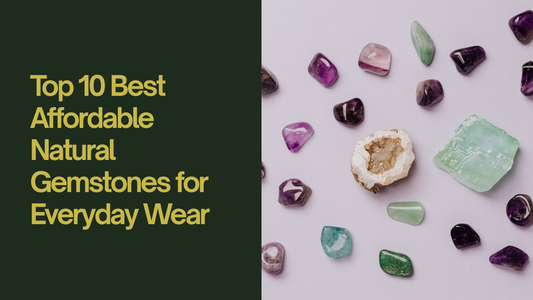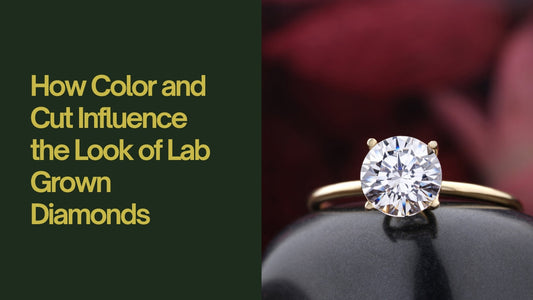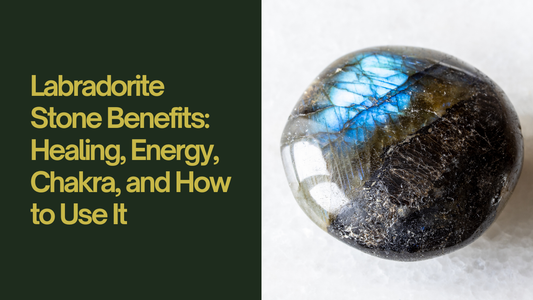
Zircon Stone is Oldest Mineral Found in Earth’s Crust
Did you know that zircon is the oldest mineral ever found on Earth? Some zircon stones are older than the moon! Scientists have discovered zircon crystals that are 4.4 billion years old, making them almost as old as the Earth itself. Let’s learn all about zircon, where it comes from, and why it is so special.
What is Zircon?
Zircon is a natural mineral made of something called zirconium silicate. It forms deep inside the Earth and can survive for billions of years. Zircon is very strong and does not break easily.
How Old is Zircon?
Zircon is incredibly old. The Earth is about 4.5 billion years old, and the oldest zircon stones are around 4.4 billion years old. This means zircon formed not long after the Earth was created.
How Do Scientists Know Zircon’s Age?
Scientists use a special method called radiometric dating. Zircon contains tiny amounts of uranium, which slowly changes into lead over time. By measuring the amount of uranium and lead in zircon, scientists can figure out how old it is.
Where is Zircon Found?
1. Australia
The oldest zircon stones were discovered in Jack Hills, Australia. These tiny crystals are so old that they are like a time machine, telling us about the early days of Earth.
2. Other Locations
Zircon is also found in many other places, including:
- Sri Lanka
- Madagascar
- Tanzania
- Cambodia
Why is Zircon Important?
1. A Window to Earth’s Past
Zircon helps scientists learn about the early history of Earth.
- Ancient Water: Zircon crystals show that there was water on Earth over 4 billion years ago.
- Earth’s Surface: They reveal what Earth’s surface was like when the planet was still very young.
2. It Survives Everything
Zircon is incredibly strong. It can survive heat, pressure, and erosion. This is why it has lasted for billions of years without breaking or disappearing.
How Does Zircon Form?
1. Deep Inside the Earth
Zircon forms deep below the Earth’s surface, in places where hot magma (liquid rock) cools down.
2. Crystals Forming in Rocks
As the magma cools, zircon crystals begin to grow. These crystals can stay inside the rocks for a very long time.
3. Movement Over Time
Over billions of years, wind, water, and volcanic activity can move zircon crystals to new places, like rivers, mountains, and deserts.
Fun Facts About Zircon
- Older Than the Moon: Some zircon stones are older than the moon itself!
- Tiny Time Machines: Scientists call zircon "time machines" because they tell us about Earth’s history.
- Billions of Years of History: Zircon crystals have seen the Earth change from a hot, young planet to the world we live in today.
How Zircon Helps Scientists
1. Studying Ancient Earth
Zircon is like a storybook about Earth’s early days. It shows:
- When water first appeared on Earth.
- How the atmosphere and surface changed over billions of years.
2. Learning About Volcanoes
Zircon also helps scientists study ancient volcanoes. By looking at zircon in volcanic rocks, they can learn about past eruptions and how the Earth’s crust formed.
How Unique is Zircon?
- Unbreakable History: Zircon is one of the few minerals that can survive for billions of years.
- Rare and Precious: Not every rock contains zircon, which makes it special and important.
Conclusion
Zircon is not just a stone; it is a piece of Earth’s history. As the oldest mineral ever found, it tells us amazing stories about how our planet was formed, what it looked like billions of years ago, and how it has changed over time.
When we look at zircon, we are looking at something that has been on Earth for billions of years. It is like holding a tiny piece of the past in your hand. Zircon truly is a wonder of nature!
